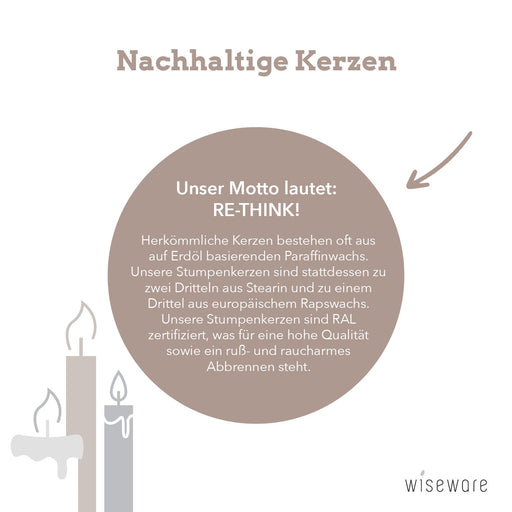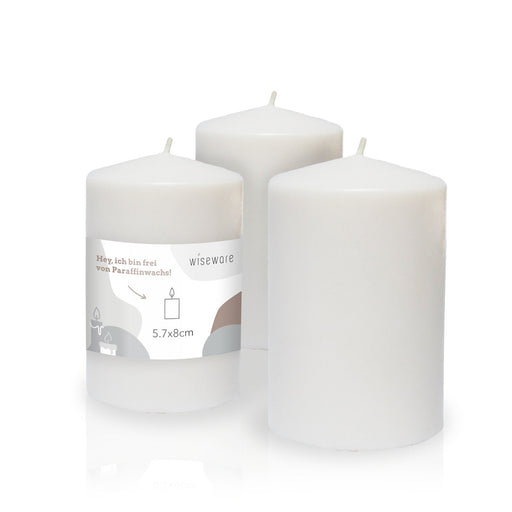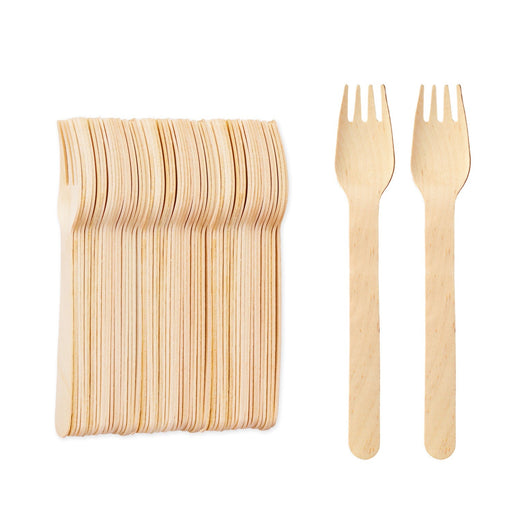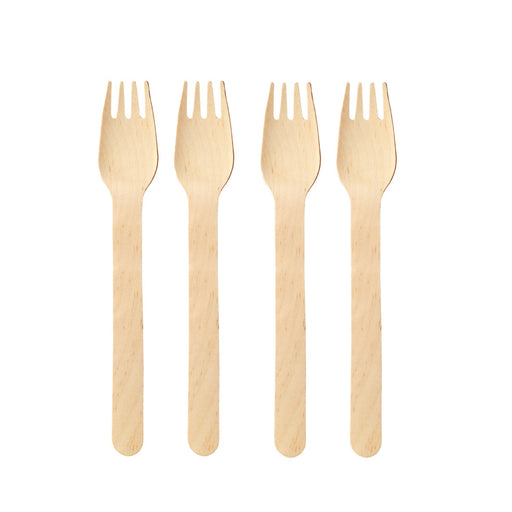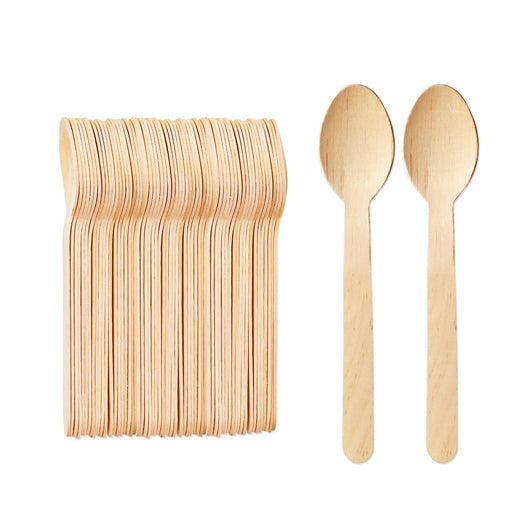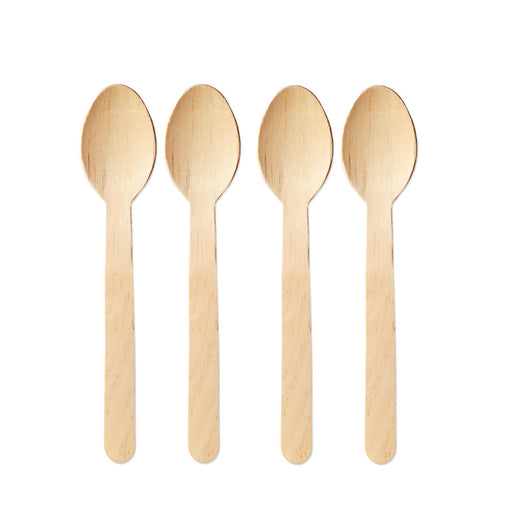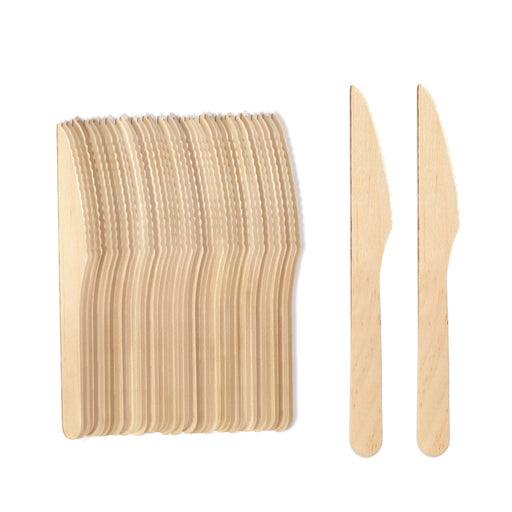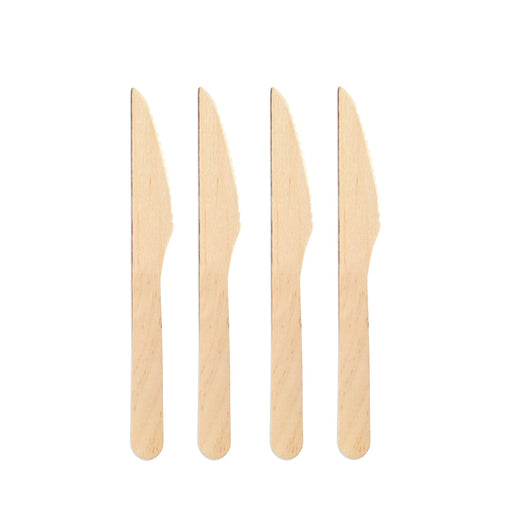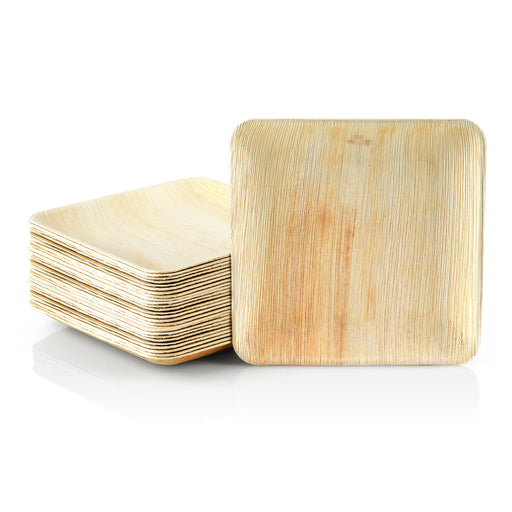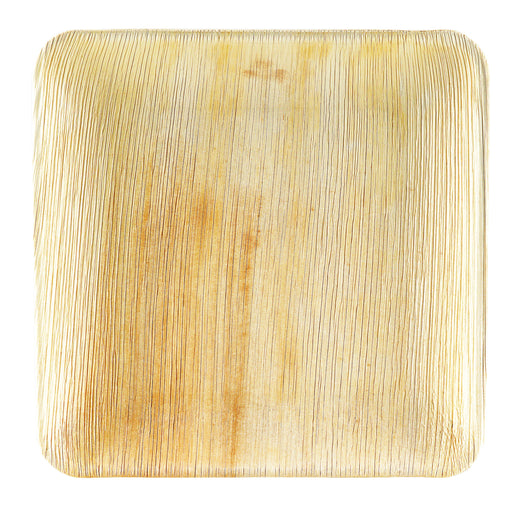Support:
+49 (0) 89 24418362
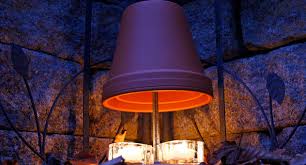
Tealight stoves and heaters for an enchanting atmosphere
Tea light heater: Everything you need to know about the energy saver!
It's that time again: the days are getting shorter and it's getting colder outside. As if this situation wasn't enough, the rapidly rising energy prices are also spoiling our good mood for many of us. Unfortunately, we cannot change anything about this fact at the moment. All that's left for us: Find a way to save energy to keep our electricity bills as low as possible. However, skyrocketing energy prices are not the only worry giving us sleepless nights right now. The danger of a so-called blackout has also been in the air for some time. So one thing is clear: In order to reduce energy costs and not sit shivering in the dark if the worst comes to the worst, we should be prepared for emergencies. This is where the brilliant idea of heating up our interiors with a tea light stove at low cost comes in handy. How they work, whether the heat generated is sufficient to heat a room and much more useful information is revealed in the following text.What is a tea light oven?
As the name of a tea light oven or a tea light heater already suggests, it is an oven that is heated with tea lights. The small lights were originally designed to keep tea warm in a warmer. But they are also ideal for filling the apartment with an enchanting flickering of candles and exuding a cosy, cozy warmth. But when the lights are placed alone, their heat rises and spreads throughout the rooms. They don't generate enough heat to warm a room. However, when the lights are placed in a tealight heater, they are able to create more comforting warmth alongside the enchanting candlelight.What is a tea light oven?
A tea light heater is an innovative heating system that manages to increase the room temperature indoors with the help of tea lights and thus save energy costs. The principle is extremely simple: Several tea lights are placed under an upside down clay pot, the pot heats up and gradually releases the heat generated to the surrounding area. But be careful: the clay pot must not completely cover the tea lights! This would lead to a lack of oxygen supply and the candles would go out. Instead, there is a space through which sufficient oxygen can circulate and the candle smoke can optimally escape. A tea light oven is not one of the latest achievements. Its origin dates back several centuries. At that time, stones were heated in an open fire so that they could later be taken into the house. The heat stored in the stones lasted for a long time, warming the house. Several years later, tiled stoves and night storage heaters were used to heat the rooms according to the same principle. Tea light ovens are available in different designs and shapes. Clay or terracotta in the classic bell shape, which is ideal for a small tabletop stove, is mainly chosen as the starting material. There are also angular stoves made of durable brushed stainless steel that are heated with ten or twenty tea lights on either side. These models are designed for camping or outdoor activities and are even suitable for cooking and baking, although the cooking time is of course significantly longer than with conventional kitchen stoves. Tea light ovens made of stainless steel are available in two different sizes.Tealight heater output: how much energy is generated?
A single tealight has a heat output of around 40 watts. Assuming a small tea light oven with four candles, you can generate a maximum of 160 watts and with a large model with eight tea lights 320 watts. If we compare this heating with that of a radiator, which usually has an output of 2,000 watts, it quickly becomes clear that heating an entire room with a tea light heater is really difficult. An example: In order to create an optimal room temperature in a room with 16 m 2 , you need 1,200 watts. To ensure this, you would need thirty tea lights that heat your interior perfectly. It is therefore clear that a tea light oven cannot replace normal heating. However, it can help us save energy and reduce our monthly costs accordingly. In the event of a blackout, they also become rescuers in need, provide light and spread soothing warmth in the immediate vicinity, which we can definitely use when the outside temperatures are frosty. With convection heating, which includes the tea light oven, the air in a room is heated. To do this, it is sucked up, heated in the heater and blown out again. It works best when the entire room needs to be heated for a long period of time. This type of heating is best for slightly larger rooms, but it is not optimal for an entire house. Convection heaters use the natural movement of air. When warm air flows from top to bottom during cooling, the heater takes the cooler air and heats it up, keeping the room cozy and warm. In contrast to convection heat, with radiant heat, such as with a radiant heater, a red light, natural sunlight and a tea light oven, the people and objects in a room are illuminated and warmed. Radiant heat is best suited for small rooms when you sit in an armchair in front of the TV for a few hours or when you are resting in bed. Due to the concentrated radiation, this heat transfer is excellent if you want to warm up quickly. The heat is transferred directly to your body without raising the temperature of the entire room.What are the advantages of a tea light oven?
A tealight oven offers numerous advantages, with sustainable heating being the most important. It is due to the fact that the terracotta pot emits heat constantly, but quite slowly. The heat from the small lights is not dissipated directly upwards, but is stored in the pots. The large surface of the pots ensures an even distribution of the heat, which also escapes to the side. This way there is no risk of burns when the tea light heater is used to warm your hands. Since a tea light oven works independently, it saves electricity. For this reason, a tealight heater can be placed anywhere where there is no electricity, such as on the balcony, on the terrace, in the garden or on the go at a picnic. A tealight heater is also great for outdoor camping or a cozy get-together on a chilly evening on the beach to enjoy the sunset. When several tealight heaters are set up in a room, the radiant heat increases greatly, so the temperatures can be regulated down a bit. In this way, the heating costs are reduced, while the feel-good character is retained. One of the advantages of radiant heat is that it neither stirs up dust nor dries out the air in the room. In this way, the indoor climate is healthier and the humidity is significantly favored. Tea light stoves offer an extraordinary decoration in your home, whereby the comfort and the magical flickering of the lights should not be neglected. The pleasant warmth is extremely atmospheric, but rather modest, so that it is hardly sufficient for heating a room or even as an alternative to a heater. Stainless steel tealight heaters were originally designed to be used primarily for cooking and as a light source in the event of a power failure. That is why the stainless steel furnaces also provide good service in the event of environmental disasters such as snowstorms, tornadoes or floods. Of course, this assumes that a plentiful supply of tea lights is available. The lights should be stored in a cool place such as the garage or basement to prevent the wax from melting.DIY tealight oven instructions: tips and tricks to make the assembly work!
A tea light oven works like a miniature tiled stove. The warmth of the candlelight rises, is absorbed by the clay pots, stored by the material and then released into the room as radiant heat. In order to build your tea light heater yourself, you need some manual skills and a few things that you can get in any hardware store.DIY tea light heater kit
- Four clay pots with planting holes in different sizes that fit inside each other.
- A coaster that fits the largest pot.
- A threaded screw about 120mm long. Important: The screw must be compatible with all pot holes!
- Three large chair angles to build the heat source.
- Seven matching nuts and eight matching washers.
- Eco-friendly wax tea lights.
DIY tea light heater instructions
How to build the radiator:- First you push a fully threaded screw through the bottom hole of the largest pot. You should put a washer on both sides before you finally fix the screw on the inside with a nut.
- Now you take the second largest pot and repeat the whole procedure.
- Repeat the process until even the smallest clay pot is screwed tight.
-
Next you need to bend the chair angles in the middle. For this step you need a little more effort. When bending, note that the angles are straight on one side so that they can be perfectly attached to the trivet. The other side of the angle, on the other hand, must be curved. This is the only way you can end up placing the largest of the pots on top of them.
- In the next step, glue the straight side of the chair brackets to the underside of the coaster and let the glue dry well. Use your hot glue gun for this.
- Then turn your pot construction over and place it on the substructure. If the bent angles are not optimally bent, you have to do it again. It is important that you can finally place the edge of the largest clay pot perfectly on the corner of the chair. And this without the pot slipping off on one side.
Buying a tea light heater: You should pay attention to this!
Depending on the size and height of the room to be heated, you should integrate a larger model or several tea light ovens. In order to save energy in the long term and increase the room temperature in your own four walls by a few degrees, you have to use your stove regularly. Also keep in mind that you have to operate the tealight oven for a long time so that the heat that is given off by the candlelight to the clay can be stored in the material. You should pay attention to this when buying:- The distances between the individual clay pots must be correct.
- In order for your stove to produce enough heat, the bowl for the tea lights should be large enough to hold between six and eight candles.
- The shade of your tealight heater should have a large surface. As a result, more heat can be stored and released into the environment.
Which tea lights are suitable?
Conventional tea lights are made of paraffin or stearin and come in a thin aluminum bowl. sure. They are in no way environmentally friendly. Paraffin is a combustible substance that is a by-product of oil production. Not enough that paraffin is responsible for polluting our waters. In addition, the burning of candles releases toxic gases such as benzene and alkanes from the residual product, which people inhale and can lead to respiratory diseases, especially in closed rooms. Even tea lights made of stearin do not perform any better. They are usually made from palm or coconut oil. Due to the fact that both raw materials are biodegradable, they are the better alternative at first glance. Not on the second. Huge areas of tropical rain forest are cleared for extraction and palm and coconut oil monocultures are planted. Thus, with the purchase we damage our environment and contribute to the irreversible destruction of our planet. Rainforests also have to give way for the extraction of bauxite, a raw material that is used for the production of aluminum and with which 0815 tea lights are coated. Another problem: The manufacturing process creates huge amounts of red mud, which contains toxic chemicals. In addition, the production is extremely energy-intensive. But there is another way! The solution: organic tea lights made from biomass. They are free from fossil raw materials. Instead, oils and fats from regional, renewable raw materials such as rapeseed oil are used. You should also focus on sustainability with the tealight cases. Eco-friendly alternatives include covers made of glass or recycled plastic, which you can clean after use and refill with new tealights over and over again.Tea light heater test: How many candles provide the desired performance?
Are you wondering which tea light oven is right for you? For the following practical test, we tested two types of tea light ovens in a 15 square meter room in an old building. The outside temperatures are autumnal and it would be time to warm up the interior with a heater.1st test: tea light oven with three tea lights
After the tea light oven was in operation for 45 minutes, we noticed a rise of 0.5 degrees Celsius on the thermometer.2nd test: tea light heater with eight tea lights
Here, too, we measured the room temperature again after 45 minutes. The thermometer showed a temperature rise of 1 degree Celsius.3rd test: The thermometer is positioned next to the tea light heater
In the third experiment, we wanted to find out how warm a person would feel if they sat right next to the stove. The result was quite impressive. Within a few minutes, the temperature rose by 2.5 degrees Celsius. Our conclusion: In the long run, tea light ovens cannot replace conventional heating. However, they cause a noticeable increase in temperature in the immediate vicinity. In order to save energy costs on cold days, their use is therefore extremely useful. They are perfect as an additional heat source and provide an additional feel-good atmosphere thanks to the pleasant light. They also provide good service in the event of a blackout. Because if we imagine that the power supply suddenly comes to a standstill for a certain period of time, we can use tea light ovens to maintain the temperature in the interior for a certain period of time. In addition, we can benefit from the heat emitted and the light of the candles in the immediate vicinity of the innovative heat dispenser.Tea light ovens: You should observe these safety precautions!
A tealight heater is a heat source with an open fire that poses a certain potential for danger. You should therefore observe the following safety rules, especially when using them indoors:- Your candle warmer should be placed on a level, fireproof, and stable surface.
- Never leave your lit tealight heater unattended.
- There should be a minimum distance of at least three millimeters between the individual tea lights. Otherwise there could be a dangerous wax fire, which is difficult to extinguish.
- Make sure your tealight heater is out of the reach of children and pets. Painful burns can be prevented.
How does a wax fire start and how can it be extinguished?
A fire caused by candles is dangerous and can spread rapidly. As already mentioned, putting it out with water is an impossibility. A wax fire can occur if wax ignites on its own and the corresponding oxygen supply prevails. Depending on the respective candle raw material, the self-ignition temperature varies. The ignition temperature for paraffin candles is around 270 degrees Celsius and for organic tea lights made from rapeseed oil around 300 degrees. If you heat your new tea light oven with sustainable tea lights, you not only make a positive contribution to the environment. The risk of a dangerous wax fire is also relatively unlikely. If, despite all precautions, you find yourself in the situation of having to contain a fire like this, you must never try to extinguish it with water! The why is easy to explain: Just like in a grease fire, the ignition temperature is well above the boiling point of water (100 degrees Celsius). The extreme temperature difference ensures that the water evaporates at lightning speed and can cause explosive combustion. In order to get a fire like this under control, it is important to cut off the oxygen supply. You can use a fire blanket, a large bed sheet, a bath towel or a fabric blanket for this. Special extinguishing sprays also remove oxygen from the flames and should not be missing in any household.-
Wooden fork - 16.5 cm wooden fork disposable - disposable fork
Original price 4,99 €Original pricefrom 4,99 €4,19 €4,99 €Current price 4,99 €100 item | 0,05 € / itemOur sustainable cutlery is made from natural birch wood that comes from controlled cultivation and is therefore the perfect alternative to plastic ...
View full details -
Wooden spoon disposable spoon wood - 16.5 cm, natural
Original price 3,99 €Original pricefrom 3,99 €3,35 €3,99 €Current price 3,99 €100 item | 0,04 € / itemOur sustainable cutlery is made from natural birch wood that comes from controlled cultivation and is therefore the perfect alternative to plastic ...
View full details -
Disposable wooden knife - 16.5 cm disposable knife Wooden knife
Original price 2,99 €Original pricefrom 2,99 €2,51 €2,99 €Current price 2,99 €100 item | 0,03 € / itemOur sustainable cutlery is made from natural birch wood that comes from controlled cultivation and is therefore the perfect alternative to plastic...
View full details -
Palm leaf plate round Ø 23 cm
Original price 8,80 €Original pricefrom 8,80 €7,39 €8,80 €Current price 8,80 €25 item | 0,35 € / itemOur sustainable tableware is made from whole palm leaves that come from controlled cultivation and is therefore the perfect alternative to plastic ...
View full details -
Palm leaf square plate 24 x 24 cm
Original price 10,90 €Original pricefrom 10,90 €9,16 €10,90 €Current price 10,90 €25 item | 0,44 € / itemOur sustainable tableware is made from whole palm leaves that come from controlled cultivation and is therefore the perfect alternative to plastic...
View full details






